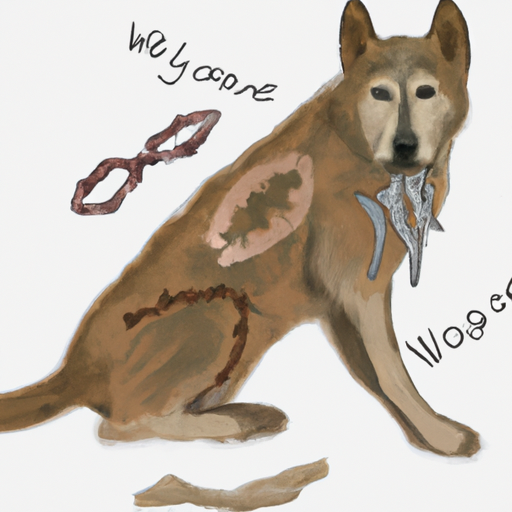1. Your Ancestral Journey Begins
You might have often looked at your beloved pet and wondered about their origins. Dogs are more than just pets; they’re part of our families, our confidantes, and for you, a source of endless affection and care. Let’s embark on an exploration of their past, to understand where exactly these loyal companions of ours evolved from.
2. The Ancient Connection: Dogs and Wolves
It’s widely accepted that dogs evolved from wolves. But how did this transformation happen? Scientists believe it was a process called self-domestication. Wolves that were less afraid of humans gradually started living near human settlements.
Over time, these wolves evolved into a more docile species that we now know as dogs. This happened around 10,000 to 30,000 years ago. Here’s a simplified timeline:
- Wolves begin to scavenge near human camps.
- Less aggressive wolves thrive, and their offspring inherit this trait.
- Over generations, these wolves become more dog-like.
3. The Evidence: Genetic Studies
Genetic studies provide compelling evidence of this evolutionary process. By comparing dog and wolf genomes, scientists have traced back the common ancestor of all dog breeds.
| Species | Genome Similarity |
|---|---|
| Dogs | 99.9% |
| Wolves | 98.8% |
| Coyotes | 96.9% |
These numbers show that the genetic makeup of dogs is strikingly similar to that of wolves, reinforcing their common ancestry.
4. The Evolutionary Leap: From Wolf to Dog
The shift from wolf to dog was not just physical but also behavioral. Dogs developed traits like barking and wagging tails, which aren’t common in wolves. These traits allowed dogs to communicate better with humans, strengthening their bond with us.
- Barking: Wolves rarely bark. Dogs, on the other hand, use barking as a primary form of communication.
- Tail Wagging: While wolves wag their tails too, dogs have turned this into an art form, using it to convey a range of emotions.
5. The Journey Continues: Breeds and Selection
The dogs we know today are the result of thousands of years of selective breeding. Early humans bred dogs for specific traits, leading to the vast variety of breeds we have today. From the tiny Chihuahua to the towering Great Dane, each breed has its unique charm and characteristics.
Frequently Asked Questions
Q: Did all dog breeds evolve from wolves?
A: Yes, all dog breeds can trace their ancestry back to wolves, but they have evolved significantly over thousands of years.
Q: How did wolves turn into dogs?
A: Scientists believe it was through a process of self-domestication. Wolves that were less afraid of humans started living near human settlements, and over generations, these wolves became more dog-like.
Q: When did this evolution happen?
A: This evolution is thought to have occurred between 10,000 to 30,000 years ago.
Your love for dogs goes beyond their adorable faces and playful nature. It’s about understanding their past, appreciating their evolution, and acknowledging the deep bond that humans and dogs have shared for thousands of years. So next time you look into those loving eyes, remember they carry a story that spans millennia.



